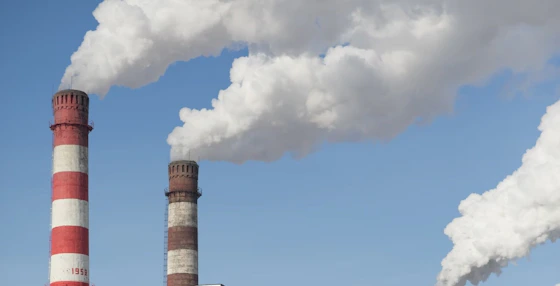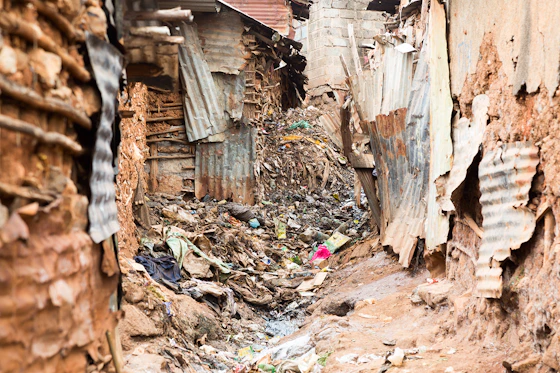
Open consultations
Closed consultations
128 Articles
Order: desc
Consultation Results Methodology Tool for the digitial monitoring of cookstoves
A new Methodology Tool, developed in collaboration with Climate Solutions Consulting, is being posted for public consultation.Consultation Results GS4GG Paris Alignment
Gold Standard are inviting stakeholders to provide feedback on GS4GG Paris Agreement Alignment Documentation, which includes the Requirements, Guidance, and FAQs.Consultation Results Downward Adjustment Factor (DAF) Determination Tool
We are pleased to announce the public consultation for the draft Downward Adjustment Factor (DAF) Determination Tool (GS4GG A6 MT400-05).Consultation Results Common Practice Analysis Tool
Gold Standard has released a Common Practice Analysis Tool for public consultation. This tool is aligned with Article 6 of the Paris Agreement.Consultation Results Requirements for addressing leakage in methodologies
Gold Standard presents a draft methodology standard for addressing leakage emissions in GHG accounting methodologies. This document outlines the requirements for identifying and addressing leakage emissions in Gold Standard for Global Goals (GS4GG) approved methodologies.Consultation Results Requirements for Suppressed Demand Accounting in Methodologies
This Methodology Standard outlines the Gold Standard for the Global Goals (GS4GG) requirements for accounting for suppressed demand in methodologies.Consultation Results In-situ capture and conversion of Cattle Enteric Methane
The methodology focuses on capturing methane emissions from cattle (produced by enteric fermentation) and converting them on-site into gases with lower Global Warming Potentials (e.g., CO2).Consultation Results SDG monitoring Indicators
Two public consultation files—one for GHG reduction technologies and one for GHG removal—introduce a comprehensive set of monitoring indicators designed to strengthen the credibility of climate action and improve the transparency of sustainable development claims.Consultation Results Requirements for Baseline Determination in Methodologies
This document details the criteria for establishing baselines within methodologies endorsed by the Gold Standard for Global Goals (GS4GG), thereby ensuring alignment with the Procedure for development, revision, and clarification of methodologies and methodological toolsConsultation Results Green Ammonia Production
This methodology outlines a framework for quantifying greenhouse gas (GHG) emission reductions attributable to project activities focused on the production of ammonia with a carbon-intensity that is lower than conventional ammoniaConsultation Results Emissions Reductions from transportation through behaviour change
This methodology is designed for projects where vehicle owners modify their transportation behaviours to reduce greenhouse gas emissions.Consultation Results Microbial Carbon Mineralisation
This methodology is applicable to project activities that remove and durably store carbon dioxide (CO₂) via application of a microbial inoculant to existing cropland.Consultation Results SOC-Module for Application of Soil Improver through Orchard Wood Chip Residues
This Activity Module aims to estimate and monitor greenhouse gas emissions from project activities that enhance soil organic carbon (SOC) sequestration on agricultural land.Consultation Results Requirements and Procedures: Extension of Crediting Period of Forestry Activities
This document serves as a guide for project developers, coordinating and managing entities (CMEs), and validation and verification bodies (VVBs) on extension of crediting period for forestry and mangrove projects.Consultation Results Requirements and Procedures for Dual Certification - GS4GG and Premium T-Ver
Gold Standard, in discussion with the Thailand Greenhouse Gas Management Organization (TGO), is exploring the potential for dual certification of projects under the Premium Thailand Voluntary Emission Reduction Program (Premium T-VER) and Gold Standard for the Global Goals (GS4GG).Consultation Results Methodology for reducing methane emissions from cattle through direct conversion of methane
The methodology focuses on capturing methane emissions from cattle (produced by enteric fermentation) and converting them on-site into gases with lower Global Warming Potentials (e.g., CO2).Consultation Results Contrail prevention to reduce aviation’s non-CO2 climate impacts
This project methodology enables technology-based mitigation of atmospheric warming caused by aircraft contrail cirrus, which are clouds composed of ice crystal hydrometeors that act as short-lived climate forcers (SLCFs).Consultation Results Soil Organic Carbon (SOC) Model Requirements and Guidelines
These guidelines aim to provide project developers and third-party auditors with a robust framework for SOC model selection, calibration, validation, and uncertainty management, supporting the adoption of best practices across the industry.Consultation Results Risks and Capacities Guidelines for Blue Carbon and Freshwater Wetlands Activities
The ‘Risks & Capacities’ guidelines is used to assess performance risks related to a blue carbon and freshwater wetlands (BCFW) activity’s non-delivery or reversal of greenhouse gas benefits and other SDG Impacts.Consultation Results Remote Audit Requirements for Land-use and Forestry Activities
This document serves as a guide for project developers and Coordinating/Managing Entities (CMEs), and Validation/Verification Bodies (VVBs) on remote audits in LUF projects within the project cycle.






















